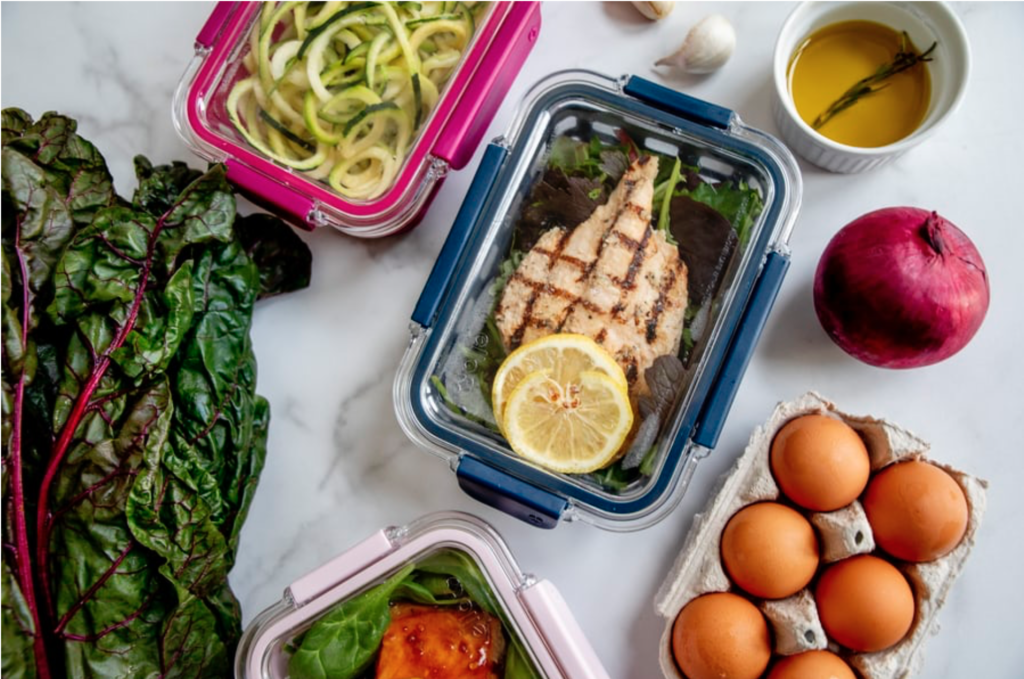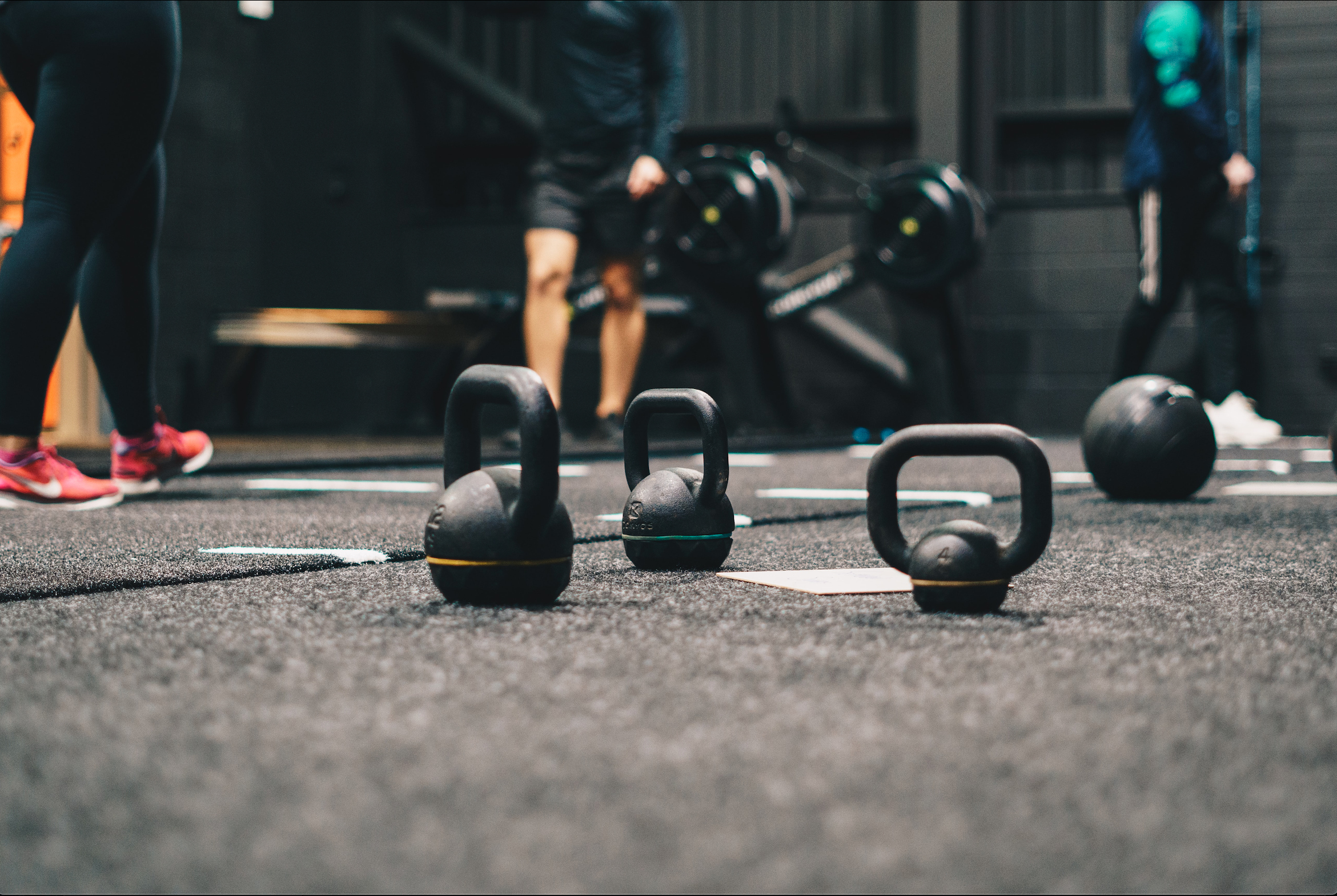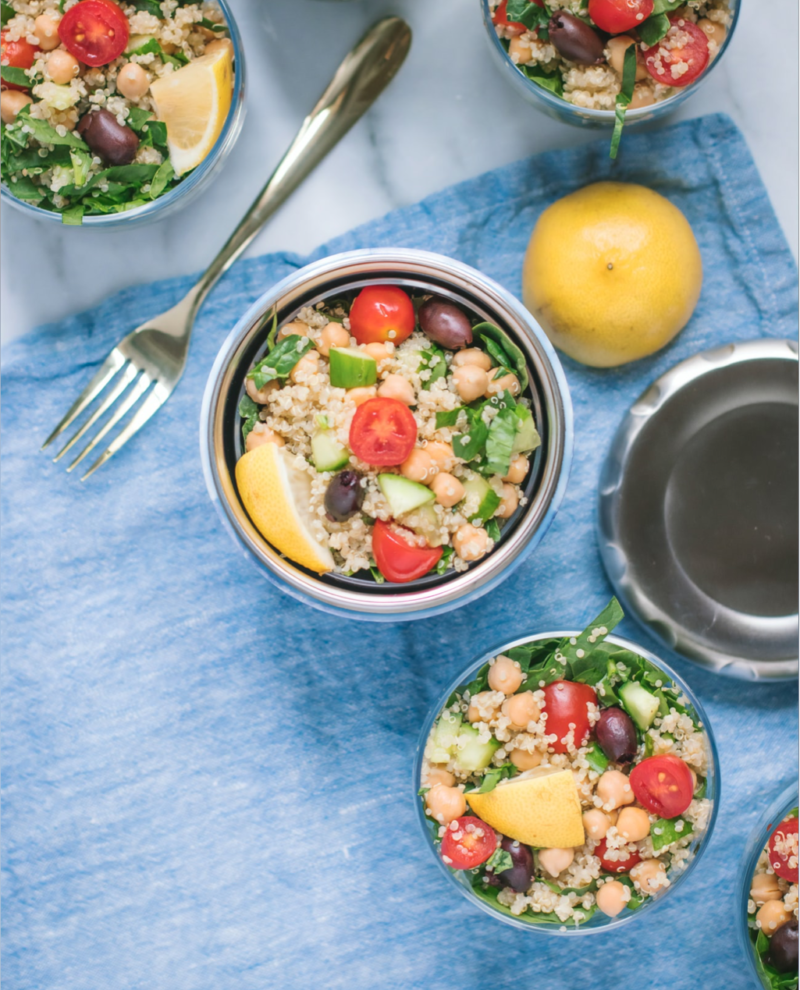Eating Healthy On a Budget
Eating healthy doesn’t have to be expensive or extravagant. For most Americans, eating healthier usually means eating less processed foods and more nutritionally dense foods. Eating becomes so ritualized and habitual for most of us. Starting to change those habits by being more conscious about what we purchase is the first step. A great starting point would be cooking at home, don’t shop when you’re hungry, sticking to your grocery list, and avoid eating out as much as possible. Once these habits become natural it will be easier to integrate the following ones.
8 Tips For Eating on a Budget
- Freeze your fruits and vegetables. Buy fruits and vegetables that are on sale and then store them in the freezer for later use. When fresh produce is on sale it usually means its close to it’s expiration date. Take advantage of that by freezing them in proportions and save them for smoothies, soups or quick stir fry’s. You can also buy pre frozen fruits and vegetables. Occasionally these items are of a better quality than fresh produce.
- Buy whole foods in bulk. Foods like millet, barley, grains and oats are cheaper in their less processed form. Buying nuts, dried fruit and other dried beans then keeping them in air sealed containers will last a long time in the pantry. Another example would be purchasing blocks of cheese vs pre sliced cheese.
- Eat canned proteins. If you’re on a budget, integrating canned proteins like tuna, salmon & chicken can help you get the macronutrients you need without feeling like your limiting yourself. It’s important to note that eating too much canned foods has shown to be bad for your health but integrating it in small quantities can help off set the stress on your wallet while eating quality proteins.
- Eat less meat. There’s plenty of research to support that there are tremendous benefits on the heart and your overall health when you reduce your red meat intake to 1-2 servings per week. Switching to legumes, eggs, beans and high protein seeds will also help keep costs down.
- Buy cheaper cuts of meat. If you are going to eat meat, purchase cheaper cuts of meat in larger quantities. A whole chicken, flank steak, chuck steak and usually any meat in the form of ribs give you the best bang for your buck. Of course ground beef is a great option too. You can cook a large serving and use it across different meals like spaghetti, burritos, or hamburgers. Think about how you can use a main ingredient like this across several dishes in one week to keep your moral up.
- Eat seasonally. Shopping for produce that is in season is cheaper than purchasing out of season produce that needs to be shipped to your area. Purchasing locally is usually cheaper too, search for your area’s local farmers market and pick up a few items to really round out the meals you’re preparing for the week.
- Eat left overs. Save your left overs for tomorrows lunch or pair the main protein with another style of carbohydrate. An example would be eating chicken and broccoli with rice for dinner vs eating left over chicken with a robust salad full of legumes and nuts for lunch the next day.
- Meal prep around foods on sale. Usually grocery stores will have some sort of hand out listing weekly deals and other up coming promotions. Plan your meals based on the foods on sale at the grocery store.

Example of combining all these tips together:
Meal prepping can integrate all these tips together! Buy oats, rice, pastas, nuts and dried fruit in bulk. Week one ground beef is on sale at the grocery store and broccoli is in season at your local farmers market.
- Breakfast would be cooked oats with dried fruit
- Dinner would be ground beef in spaghetti, save some cooked beef off to the side
- Lunch the next day would use the left over beef, broccoli and rice
After purchasing your bulk items you’ll be set for a few weeks and can focus on purchasing fresh meats and seasonal produce as needed. Now that you have all your bulk items you could also make:
- Breakfast oats into easy home made granola or home made muesli
- Canned tuna for tuna melts, lunch sandwiches or salads
If you’re a fan of trying new foods I’d recommend exploring recipes from other cultures. There’s a Korean style of canned tuna cooked in a pan with sesame seed oil and pepper that’s really tasty and affordable.
Creating lifestyle changes aren’t easy but they are worth it. Even if you aren’t penny pinching, eating healthy doesn’t have to be expensive. The money saved can be put towards other expenses and you’ll learn more about food along the way. However, it does take some planning and forces you to be mindful of the foods you buy.
This blog post is a recap of key points from multiple sources listed below & personal experience:

